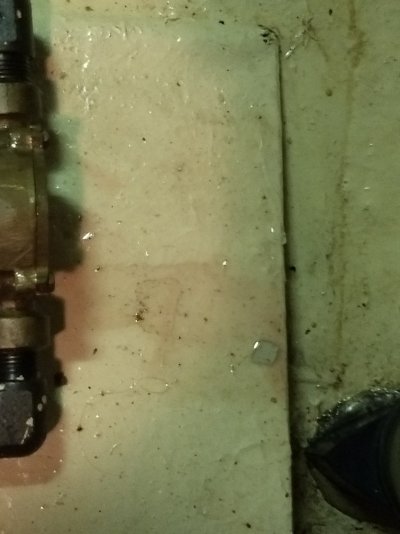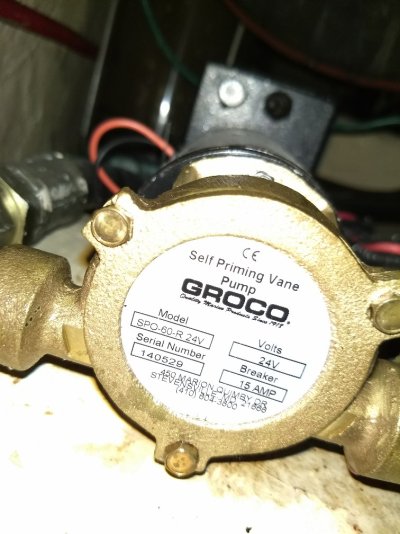menzies
Guru
Doing an ER check this morning which includes checking the mid ship bilge. Found about a quart of diesel in there.
I got it all cleaned up and checked the engine and genset pans etc and couldn't see any sign of a leak. Same with the lines and valves.
I started the engines and let them run for a half hour, no drips or leaks anywhere. Did the same with the genset.
The only thing left is the fuel transfer pump. I transferred fuel to balance the boat two days ago. I am thinking that the pump is leaking and after I finished and reset the valves back the fuel in the transfer pump lines drained out. The amount would be about right.
Thing is, the only way to prove that is to transfer some more fuel, then sit and watch the pump, downside is another quart of fuel in the bilge.
I can balance the boat by alternating which tank I run from, so I am thinking of just not using the pump until I get home. Or if I happen to be in a marina with a yard (as I was over on York River) I may test the pump since I can dispose of the fuel and then have someone replace the pump if needs be.
I got it all cleaned up and checked the engine and genset pans etc and couldn't see any sign of a leak. Same with the lines and valves.
I started the engines and let them run for a half hour, no drips or leaks anywhere. Did the same with the genset.
The only thing left is the fuel transfer pump. I transferred fuel to balance the boat two days ago. I am thinking that the pump is leaking and after I finished and reset the valves back the fuel in the transfer pump lines drained out. The amount would be about right.
Thing is, the only way to prove that is to transfer some more fuel, then sit and watch the pump, downside is another quart of fuel in the bilge.
I can balance the boat by alternating which tank I run from, so I am thinking of just not using the pump until I get home. Or if I happen to be in a marina with a yard (as I was over on York River) I may test the pump since I can dispose of the fuel and then have someone replace the pump if needs be.





